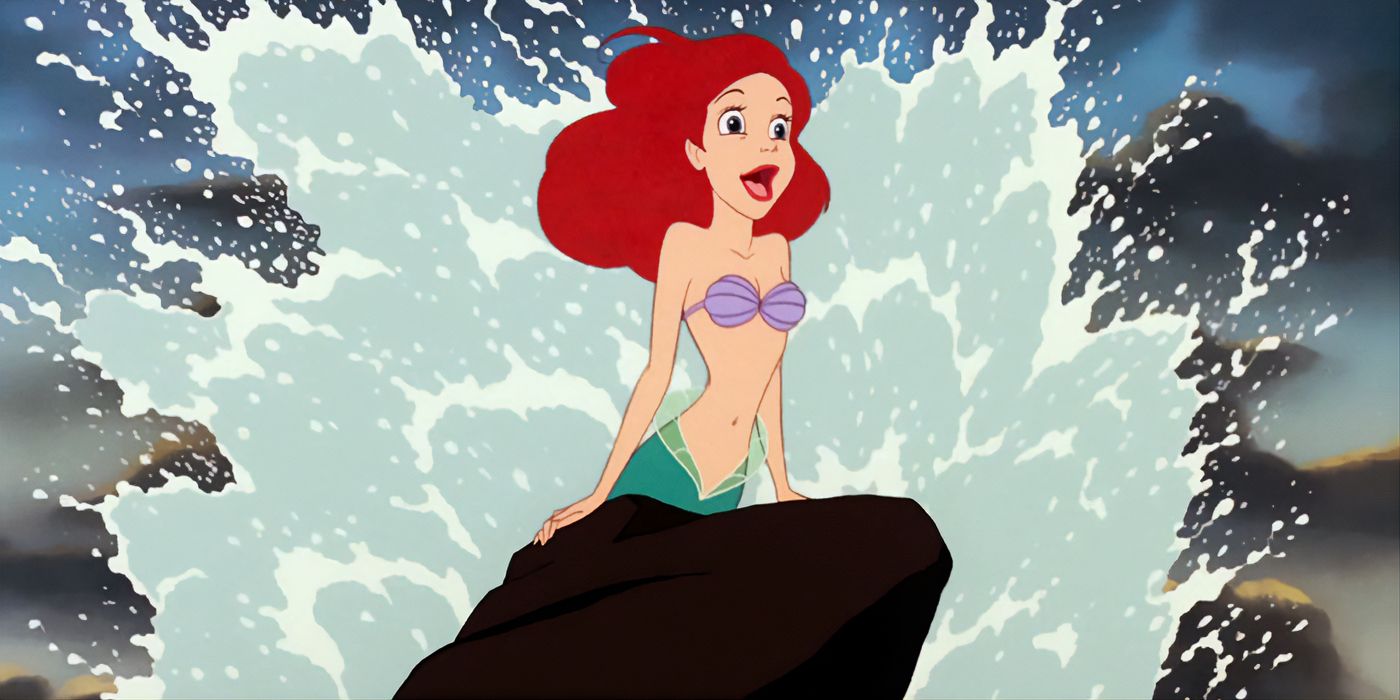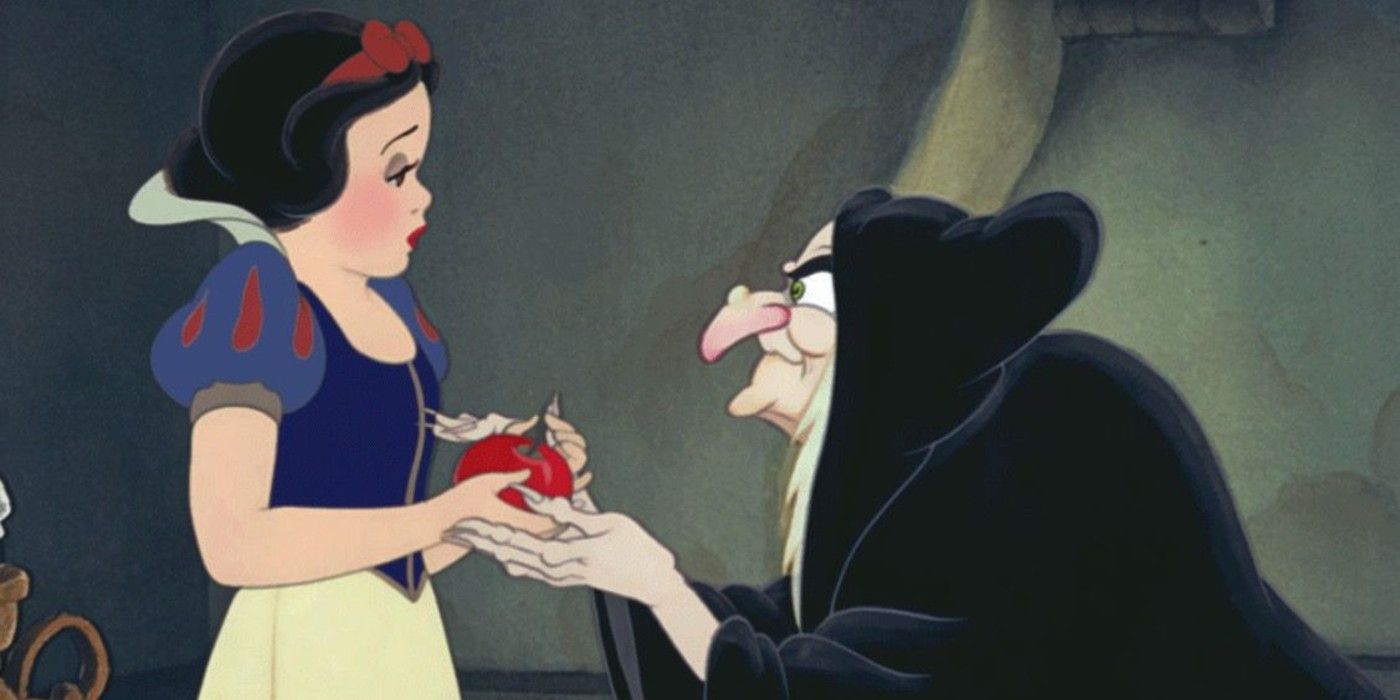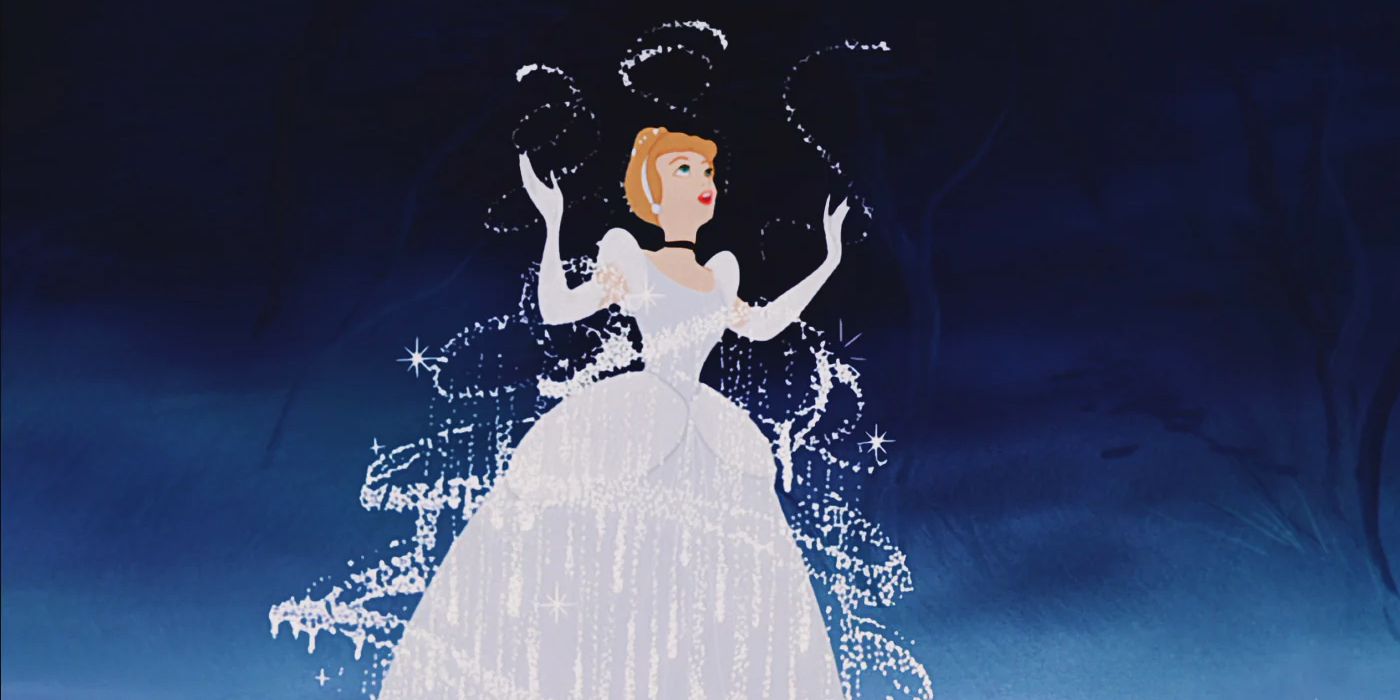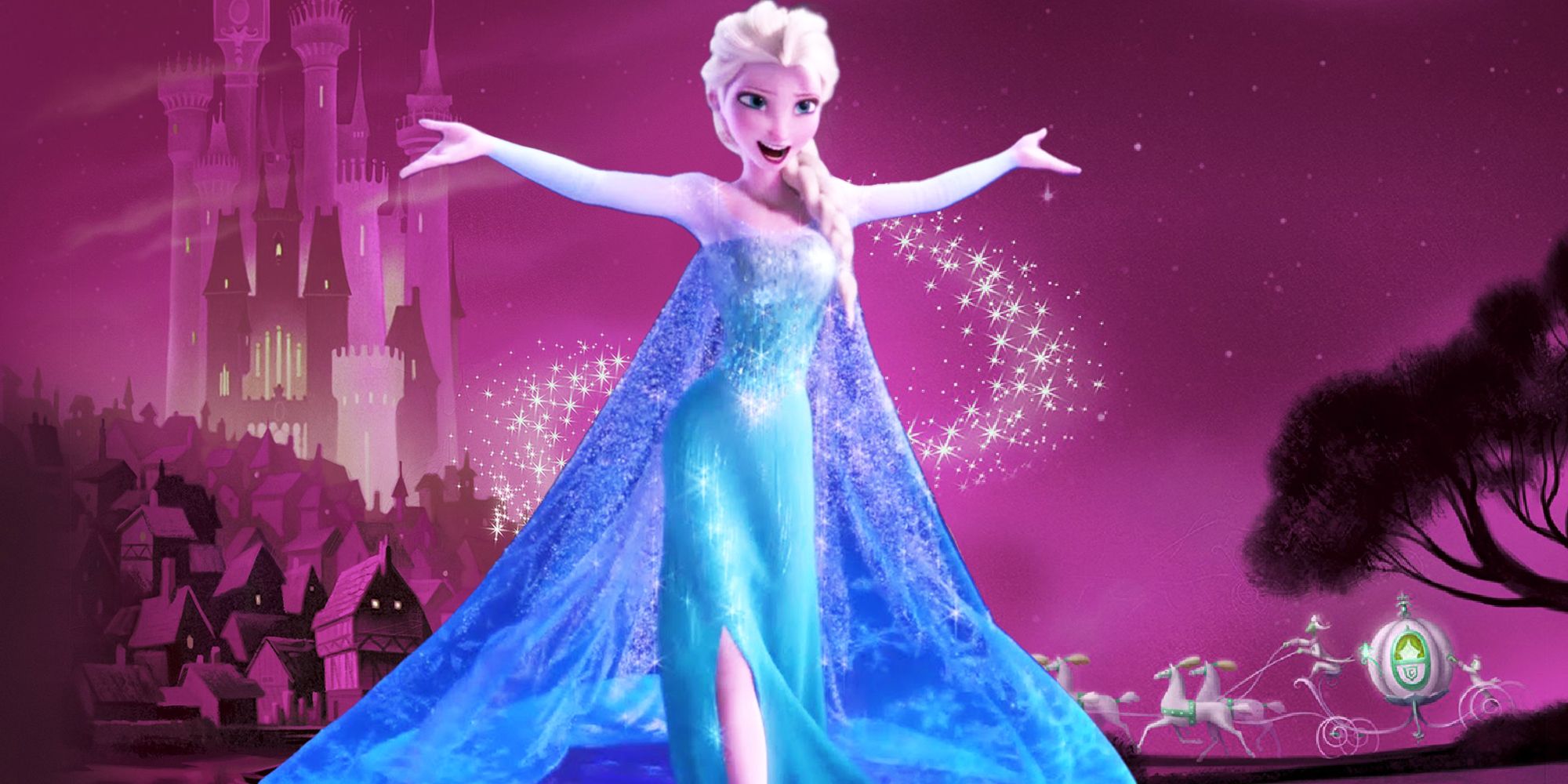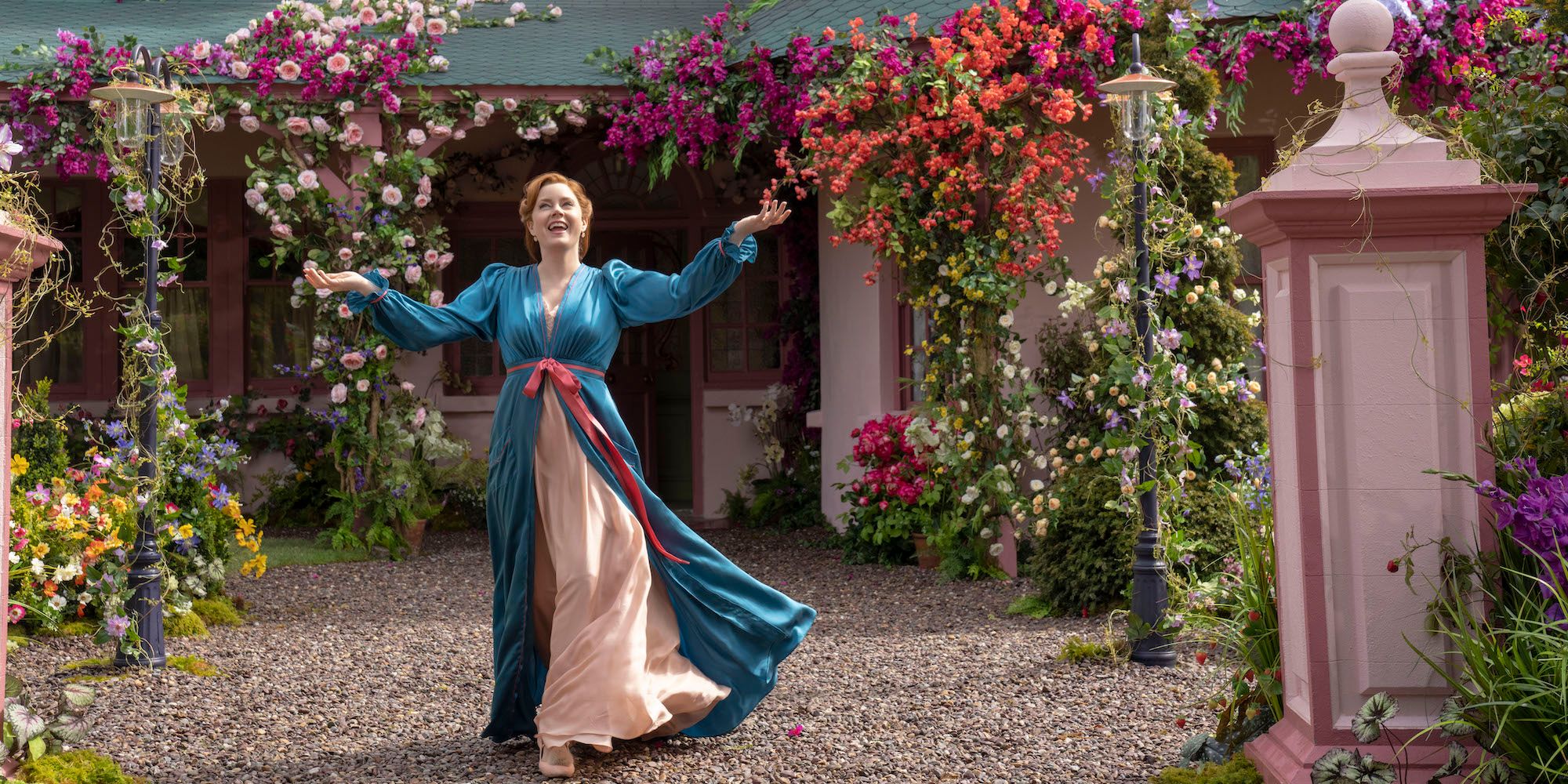It makes sense for Disney+’s Disenchanted to be full of Easter eggs and references to other Disney movies. Disenchanted is Disney’s sequel to the 2007 live-action fairytale Enchanted, which follows an animated princess after she’s expelled into the real world and finds her happily ever after. From start to finish, Disenchanted is full of whimsical references to many iconic fairytale tropes, but the movie goes out of its way to include specific nods to Disney’s versions of the stories that viewers might have missed.
Like Enchanted, Disenchanted plays on Disney's fairytale tropes, some of which have been used for decades. A mixture of live-action and animation, the movies mix fairytale ideas with the reality of the real world. Not only do many of Disney’s fairytale tropes continue to show up in Giselle’s life, but direct references to other Disney movies occur both in and out of the "real world.”
Starting Out As A Storybook
Much like Snow White and the Seven Dwarfs, Cinderella, Sleeping Beauty, The Jungle Book, Pinocchio, Robin Hood, and more, Disenchanted is “read” from a storybook. In its opening scene, the chipmunk Pip is reading the story of the first film to his two children. After finishing the book, he informs them there’s more to the tale and pulls out a second storybook which contains the sequel’s story.
Singing With Animals
While all Disney princesses seem to have a connection with animals and nature, some of them have the ability to take it a step further, seemingly able to communicate with them even though the animals don’t actually speak. Giselle’s ability to sing along with and speak to all the animals in her vicinity follows the pattern set by Disney’s oldest princess movies: Snow White, Cinderella, and Sleeping Beauty all feature scenes which showcase their heroines communicating with birds, mice, and all sorts of other animals. Sometimes, animals in Disney movies even assist the princesses in tasks or provide them with company and comfort.
The Three Good Fairies
In their red, green, and blue outfits, the three gardeners at work when Giselle’s family moves in are costumed to look like the three good fairies from Sleeping Beauty. They even offer to babysit and mention that they’re especially good at “nap time.” This refers to the fact that in Sleeping Beauty, after Maleficent's curse, the three good fairies Flora, Fauna, and Merryweather raise Aurora as their own for 16 years, keeping her safe until the princess is reunited with her parents. The parallel is solidified when Giselle's spell goes into effect and gives them real fairy wings
Sentient Household Appliances
Normal objects that talk and operate all on their own are a clear reference to Beauty and the Beast. In that movie, the appliances are all household staff who have been cursed, which begs the question: were these new additions to Giselle’s house once her neighbors?
“Be Our Guest”
As the townspeople of the newly-created Monroelasia sing about their magical everyday life, one of the lyrics they chant is “Be our guest!” This is a reference to the famous song in Beauty and the Beast, a movie that features many similarly Broadway-like musical numbers.
“Wicked Stepmothers Have Cats”
When Pip transforms from a chipmunk into a cat, Giselle makes the comment that stepmothers have cats instead of sweet animal companions like Disney princesses do. The most prolific wicked stepmother from Disney’s library, Lady Tremaine from Cinderella, had a pet cat who was just as wicked as its mistress. He was even named Lucifer!
Midnight Countdown
Few fairytales are complete without a midnight deadline, and Disenchanted is no exception. Cinderella might be the most iconic use of the clock tower's chimes as a countdown device.
Morgan’s "Ariel" Pose
At the end of her song "Perfect," during which she sings about her desire to be her own person, Morgan leans over a pile of boxes just as a townswoman splashes a bucket of water behind her. The visual effect of this pose in front of the water is reminiscent of Ariel from The Little Mermaid. Besides many movie posters, Ariel (Disney's only non-human princess) is also featured in that pose after singing “Part of Your World,” where she expresses similar desires to what Morgan is wishing: feeling at odds with the world around her.
Villain Song Visuals
During the joint-villain song Giselle and Malvina sing together, Malvina goes through her cupboards to find a way to rid herself of her new rival. Among them are several familiar instruments used by disney villains to rid themselves of princesses. A spinning wheel can be seen in the background in a reference to the sleeping curse in Sleeping Beauty. As she opens the cupboards, eagle-eyed viewers might have noticed a rose in a glass case, a vial labeled “drink me,” and a poisoned apple (references to Beauty and the Beast, Alice in Wonderland, and Snow White respectively) before Malvina decides on a sleeping potion.
Morgan’s Dress Transformation
When Morgan’s tattered dress is transformed into a beautiful ballgown, the animation mimics the exact transformation that takes place in Cinderella. In Cinderella's case, this is what she needs to be able to attend a royal ball, but Morgan's transformation was a pleasant by-product of a larger magic working to restore order to the world through Giselle's wishing tree.
Let It… Go?
During her song about the power of love and memories, Nancy sings “let it grow, let it glow” in regards to the memories in question. Not only is this a lyrical reference to Frozen’s famous song, Let It Go, but the voice might be familiar as well. Nancy is played by Idina Menzel, who also lent her vocal talents to Elsa.
Fairytale Outfits
No fairytale movie is complete without iconic dresses, and Disney’s are no exception. Throughout Monroelasia, Giselle’s fairytale version of Monroeville, the characters are styled to mirror their counterparts as they have appeared in Disney movies. After making her wish, Giselle wears a flowy blue-and-pink nightgown, looking like Cinderella’s fairy godmother. Morgan’s casual frock is very similar to the rags that Disney’s original mistreated stepdaughter, Snow White, wears at the beginning of her movie. Tyson, in the role of Prince Charming, is styled after the princes in both Snow White and Cinderella. Malvina's two "minions," Ruby and Rosaleen attend the festival looking very much like Cinderella's two ugly stepsisters, Anastasia and Drusilla.

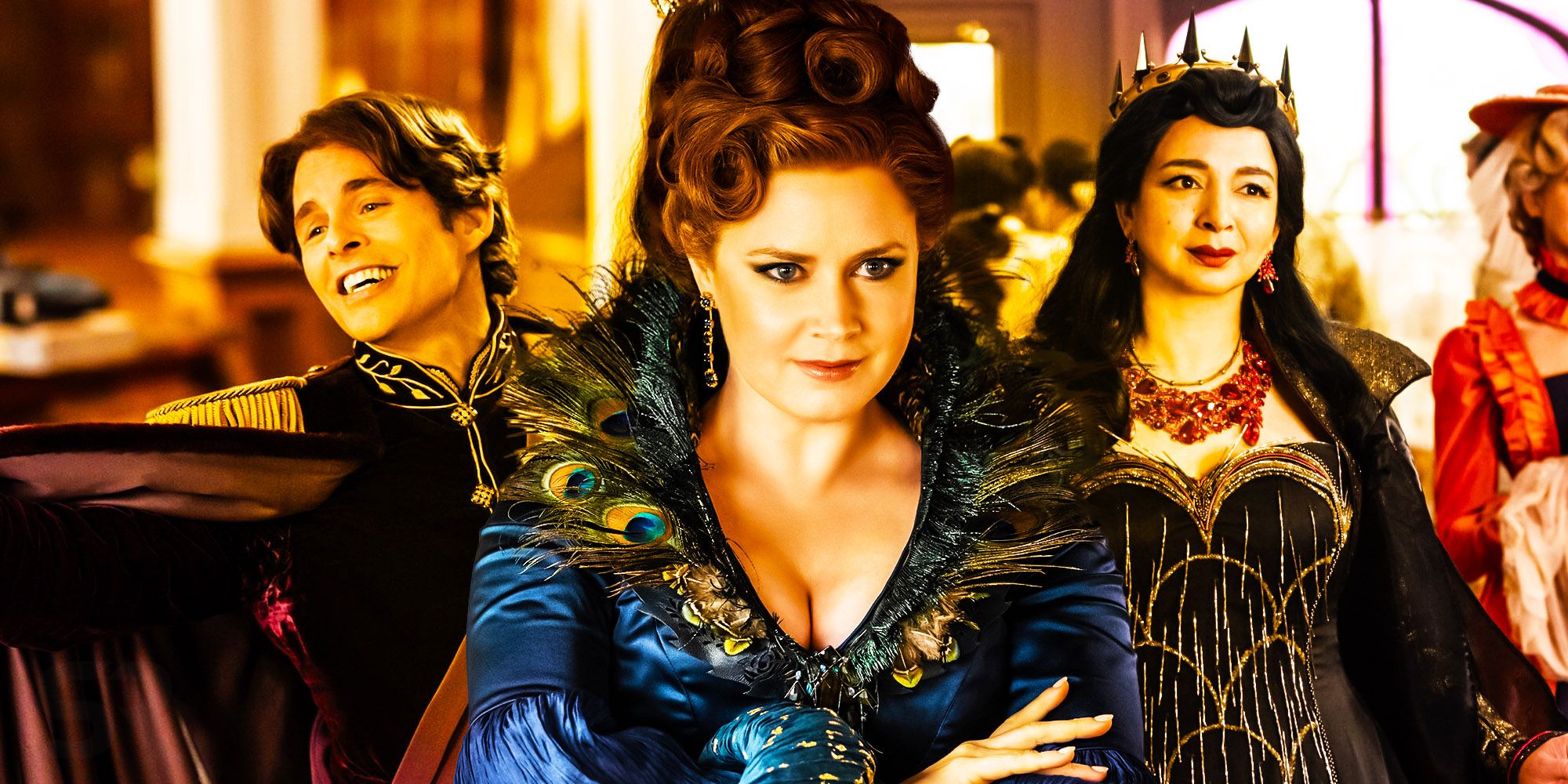
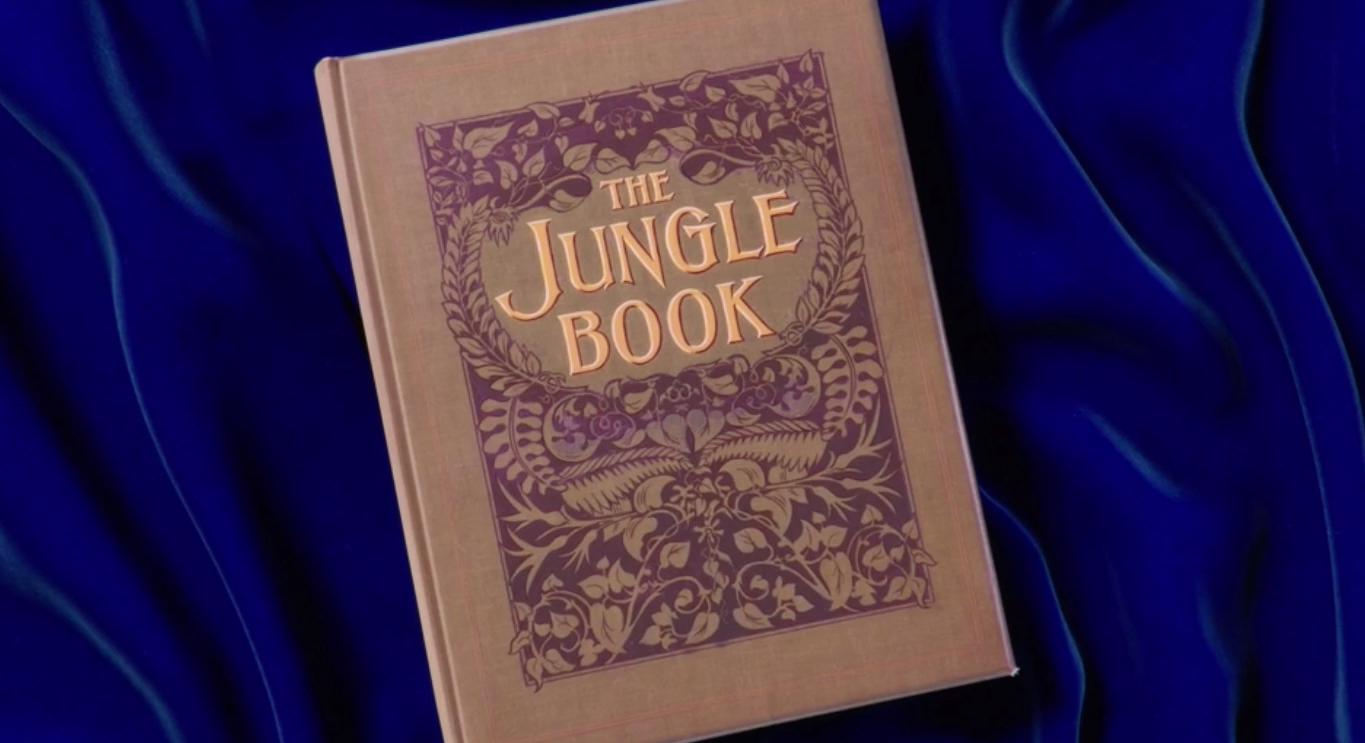
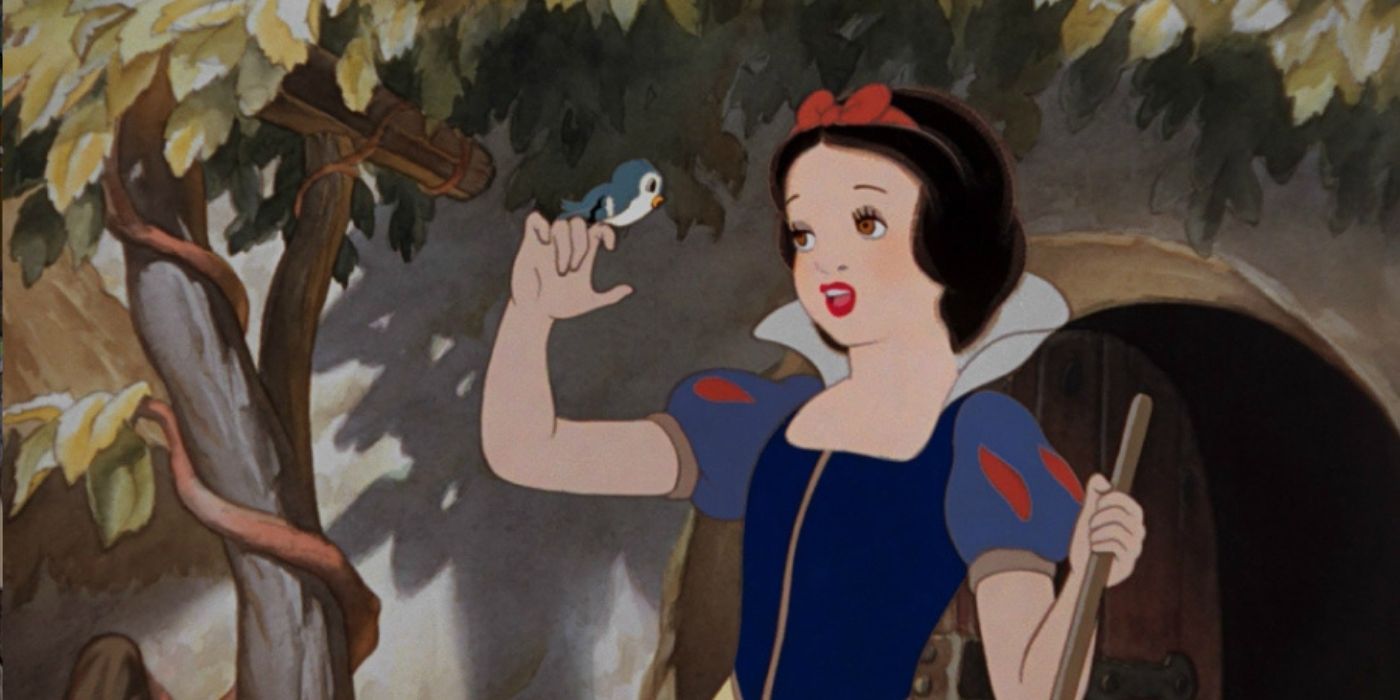
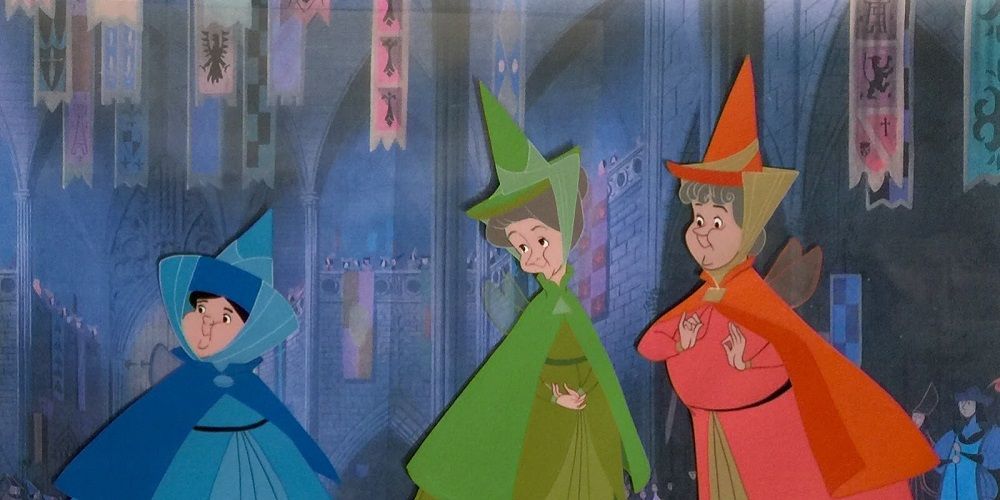
.jpg)
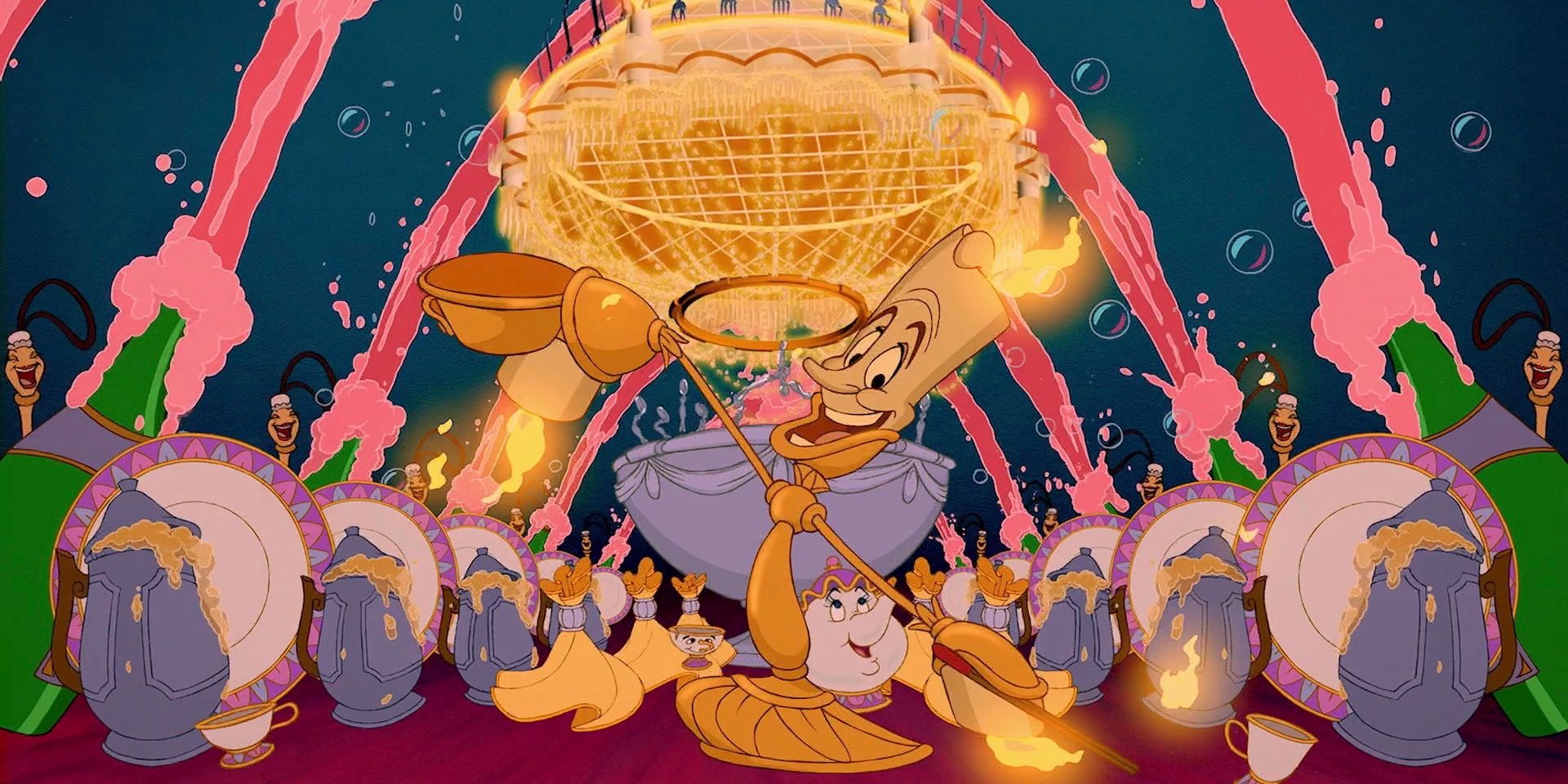
.jpeg)
.webp)
